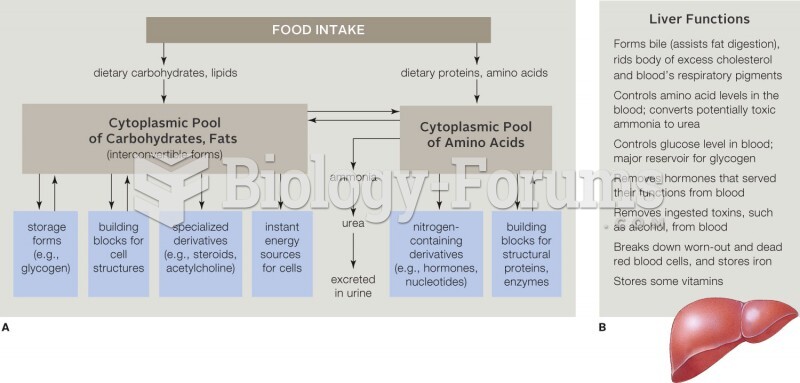|
|
|
Though the United States has largely rejected the metric system, it is used for currency, as in 100 pennies = 1 dollar. Previously, the British currency system was used, with measurements such as 12 pence to the shilling, and 20 shillings to the pound.
Pubic lice (crabs) are usually spread through sexual contact. You cannot catch them by using a public toilet.
Patients should never assume they are being given the appropriate drugs. They should make sure they know which drugs are being prescribed, and always double-check that the drugs received match the prescription.
The immune system needs 9.5 hours of sleep in total darkness to recharge completely.
On average, someone in the United States has a stroke about every 40 seconds. This is about 795,000 people per year.







